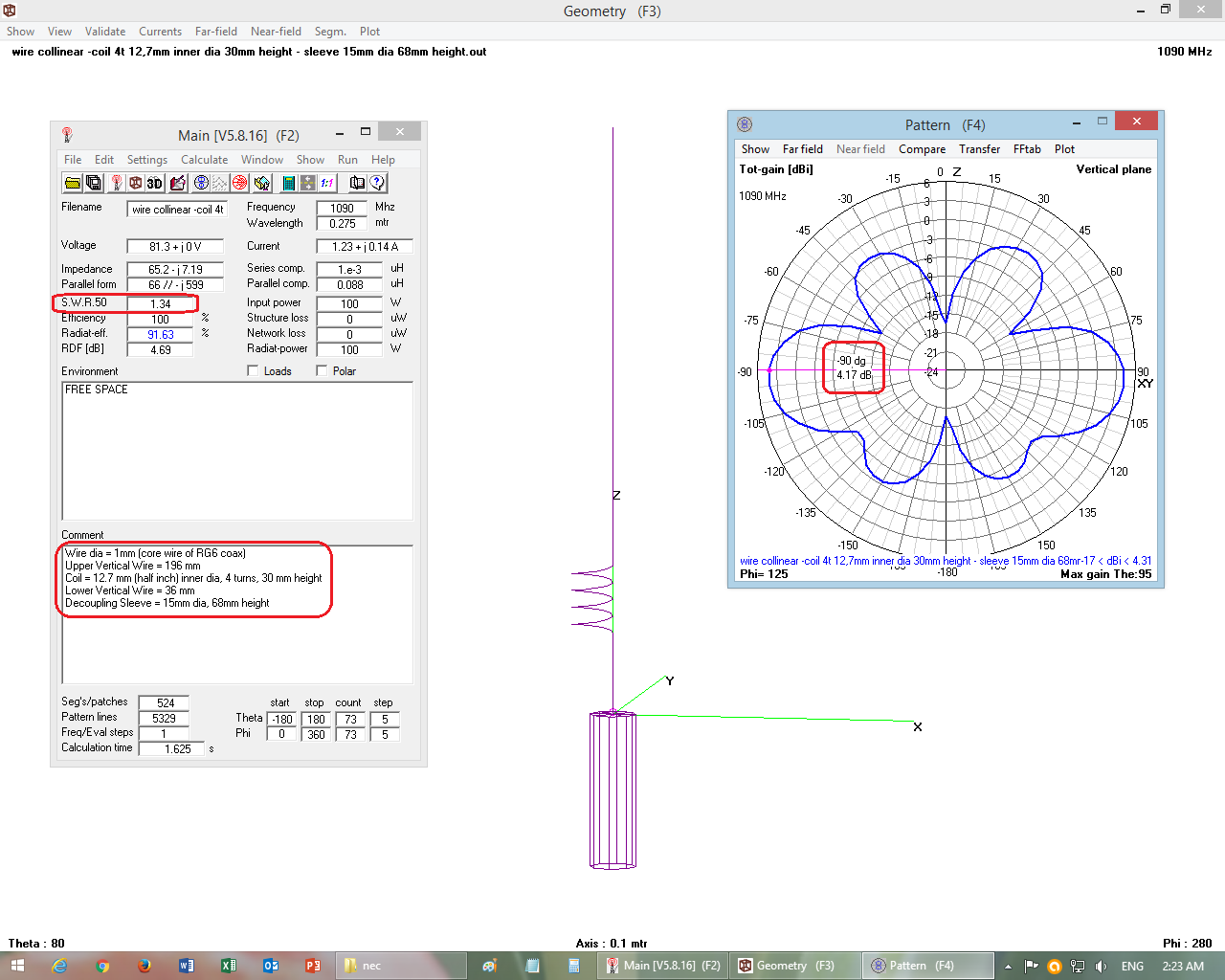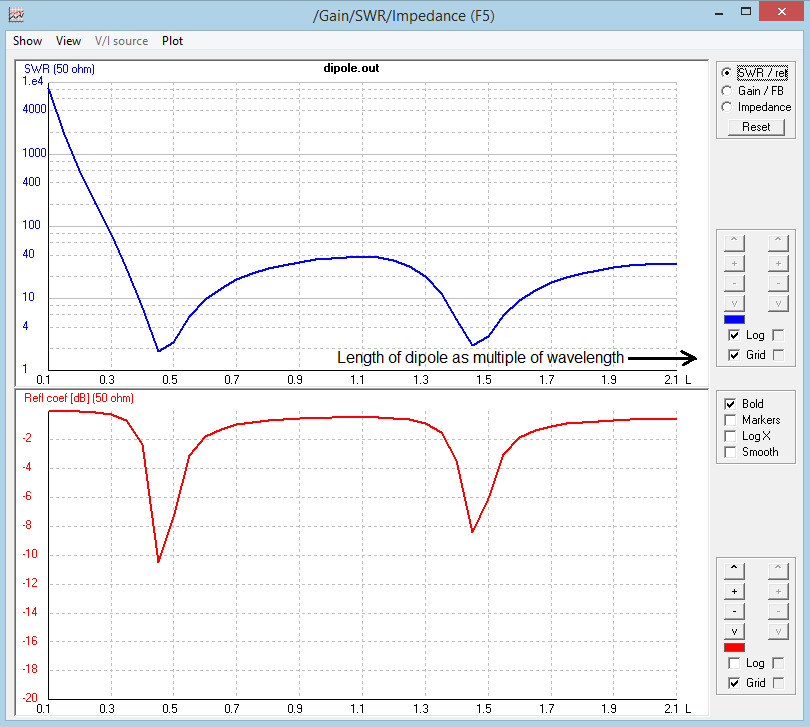Since I'm working with wireless communications, I decided it would be good to educate myself a little and at least get a basic understanding how does a Wi-Fi antenna work.
My first question is about the most basic 2.4Ghz antenna that is usually attached to every cheap Wi-Fi router you can find on the market. I stumbled upon this link, which happily explains that the such antenna is a half wave dipole and has a picture of it removed from plastic cover, which is copied below. Everything's fine so far, except it's hard to not see that the length of one half of the dipole on the picture is ~25mm, but 1/4 wavelength of 2.4Ghz wave is ~30mm. Does anyone know where does that difference come from?
Next question is about high gain Wi-Fi antennas. I found a video showing internals of such antenna, and it turns out that the only difference is that one half of the dipole is longer and contains a coil. The author of the video says that it is a loading coil, and if I understand correctly they are used to shorten physical antenna length. But here the standard half-wave dipole was made longer. To summarize: How does making the antenna longer increases its gain? And why in this case only one half of the dipole was made longer?
Thanks in advance for explanation!









